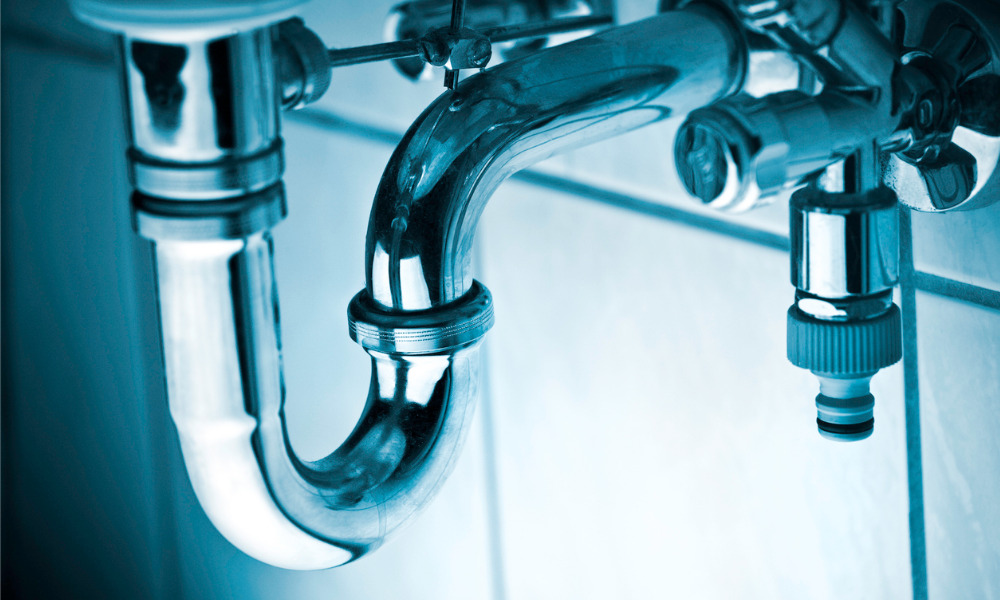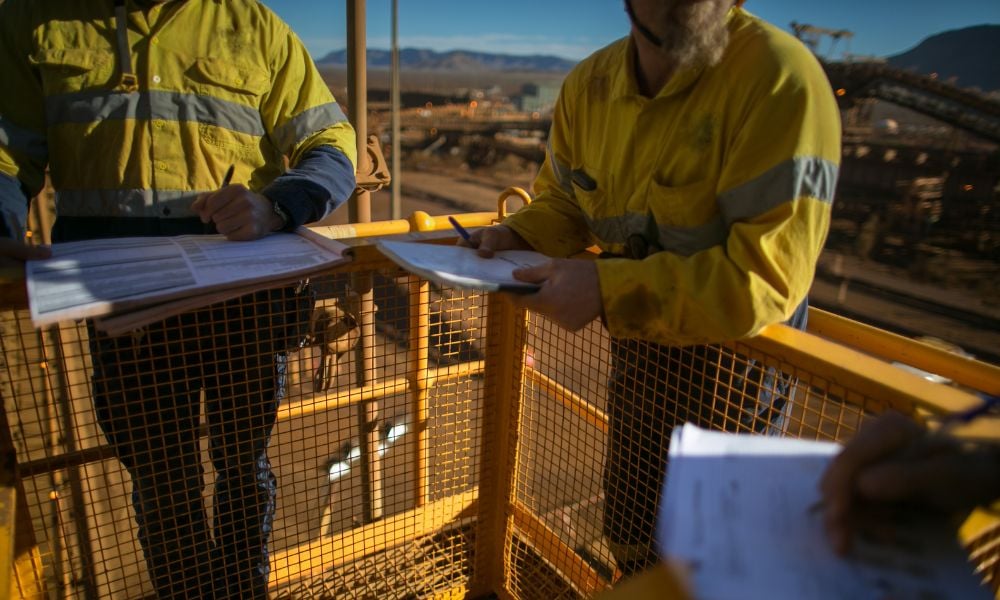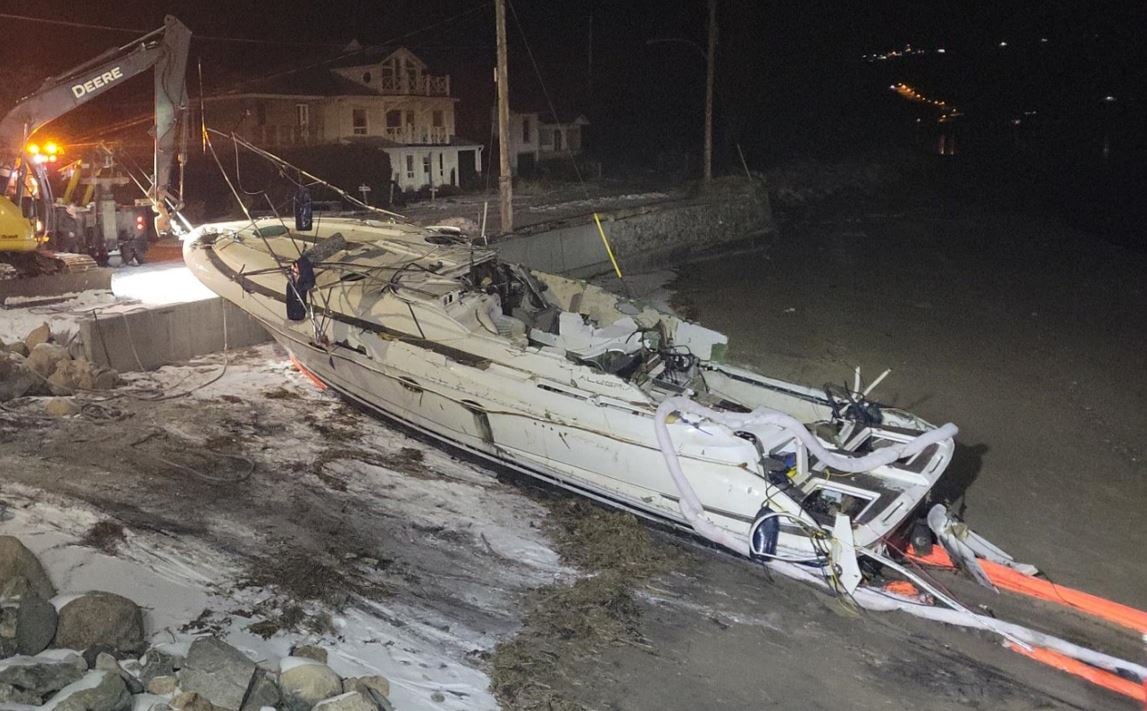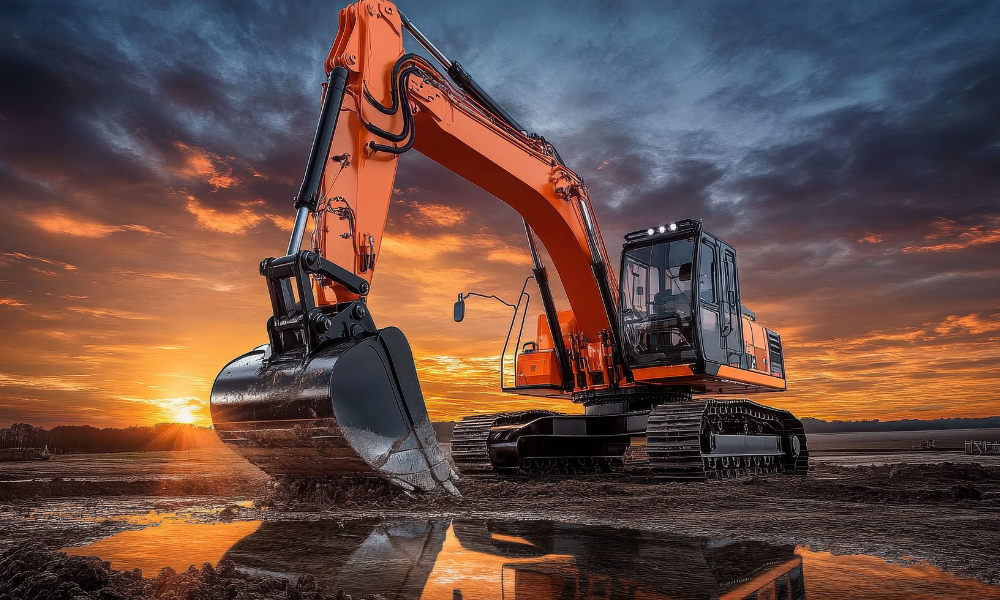An effective drainage system can really make a difference

Previously COS shed light on the importance of air circulation in office spaces during COVID-19. In this article we are going to touch upon how an effective draining system is also essential in the fight against COVID-19.
We spoke with Jason Bocchino, CEO of Grain Drain, on what businesses should look out for with regards to proper draining.
Companies are paying more attention to air quality and air control as well as increased sanitization measures such as cleaning and UV lights. Effective drainage systems combined with a proper air filtration system can work together to get rid of any viral or bacterial contaminants.
“Everybody tends to forget that all this is great, but if you have an open drain it's allowing all those harmful gases, bacteria, etc. to come through your drain system,” says Bocchino.
He says that this has been a huge year for his company, with at least 300 per cent growth as an organization due to the virus: “It has made people more aware to keep clean and tidy.”
COVID-19 and drainage
Though cause and effect can be tricky to confirm, a recent article in the magazine Science mentions a new study which posits that certain residents of an apartment building in China may have contracted COVID-19 travelling through the building’s plumping.
The magazine says that this echoes a similar incident which occurred during the SARS outbreak in 2003 in which the disease spread through the pipes of an apartment building in Hong Kong.
Due to the relative novelty of the virus and the fact that studies are still being conducted, it can be hard to state with certainty, but it is highly likely that COVID-19 – and other contaminants – can be spread through building sanitary drainage systems.
Many industries are affected
This is a problem that affects a wide variety of industries such as healthcare, manufacturing or hospitality.
“If you look at office buildings or food manufacturing facility plants, or hospitals, there’s a lot of disease that comes out of those rooms,” says Bocchino.
This has been a problem for office buildings, as Bocchino mentioned, because with offices or buildings shut down due to COVID-19 restrictions, draining systems have gone dry and are not as effective. There is also a build-up of bacteria in those drainage systems that can lead to problems down the line.
For example, if you are on in an office building, and somebody has COVID-19 or another disease like SARS or listeria, someone can wash their hands and it goes down the drain. If someone with the virus takes a shower in a hospital building it goes down the drain. What this means is that the disease could be spreading through the drains and plumbing, because the drain systems are open.
And without frequent cleaning, a biofilm forms in the drains and pipes and contaminants could end up sticking to it. Furthermore, if you have a building which has been closed for many months, chances are that no one has been keeping the p-trap wet inside of the drain and there’s no continuous flow of water, says Bocchino.
“What’s happening is that it’s becoming highly contagious and pathogens are escaping and coming out of the drainage systems,” he says.
In fact, this is not just a problem in professional settings, but also in personal homes and apartment buildings too.
Environmental concerns
It is also essential to look into solutions that are environmentally friendly because by using bleach or oil to clean out drains this can pollute the systems. Bocchino’s Green Drain option* for example “allows people to be not having to put those caustic chemicals down there anymore.”
Looking towards environmentally sound alternatives is “one of those best practices that [companies] could do,” he says.
It is more and more important to consider the environmental impact of COVID-19. Recently environmental advocacy organizations have raised issues around the potentially toxic waste being created by disposable PPE.
A global health solution
Building hygiene is another piece in the COVID-19 puzzle and effective sanitization measures are key to protecting workers and individuals against the threat of the virus.
Though Canada is in the midst of a second wave of COVID-19 infections workers aren’t too likely to be working in office buildings, and many employees are still working from home. Nevertheless, as mentioned before this is a problem that is also likely to affect those living in apartment buildings.
Furthermore, frontline workers in manufacturing or healthcare are directly affected by this issue.
Looking to an effective, and hopefully environmentally sound, drainage system is important not only in the fight against COVID-19 but also more broadly as a way to keep businesses and individuals safe and healthy post-pandemic.
*Green Drain is an inline floor drain trap seal, essentially it allows for water not to be pushed back up the drain. An environmentally friendly solution, Bocchino says that “it’s a simple product and it does exactly what we say it does.” The Green Drain is a globally available solution which also functions as a pathogen control device: “We’re protecting and helping save people’s lives in the long run,” says Bocchino.





